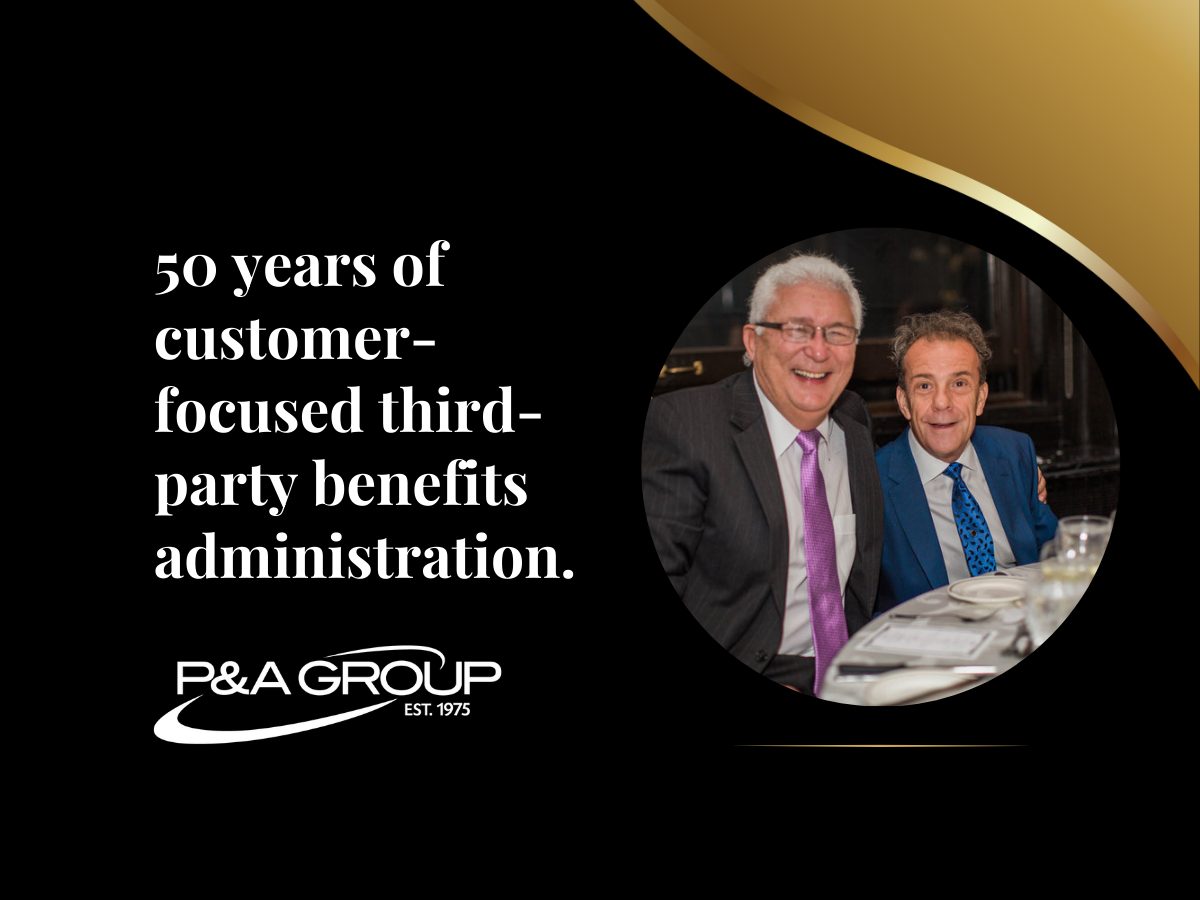by Daniel Halle, Regional Director of Retirement Plan Sales

Does your company offer a qualified retirement plan? Are you a business owner or trustee of your retirement plan? Did you know as a retirement plan sponsor or plan trustee, you have a legal and fiduciary responsibility for the decision making for your retirement plan? Most retirement plan sponsors (corporations, non-profits) are not aware that they have a fiduciary duty to their employees. But, even if trustees recognize that duty, many don’t understand what the responsibilities to their employees really entail.
Most employers aren’t investment or retirement plan experts and have little education or understanding on how to best manage their fiduciary responsibility for their employees. They also have little knowledge of the retirement plan industry, investments and plan fee structures. Yet as a fiduciary, it’s an employer’s job to make sure employees are given a sound retirement plan.
What’s the role of a fiduciary?
A retirement plan fiduciary is tasked with running the retirement plan in the best interest of its plan participants — ensuring investments perform well relative to their benchmarks, and that fees are following industry standards. As a fiduciary you are held to the prudent man’s standard: You must do what is prudent for employees in the plan.
Who typically serves as a trustee?
Many times the trustee who has fiduciary responsibility is the business owner, but in a corporate environment it could be more than one person like the owner, CFO and HR manager. With non-profits, the board of directors and finance committee are often tasked with making decisions for the 401(k) or 403(b) plan.
If these fiduciaries don’t fulfill their duties, what problems can result?
As a fiduciary, you can be held personally liable for the decisions you make regarding the retirement plan. The Department of Labor (DOL) or IRS won’t likely come after your personal assets unless you’ve done something illegal, but a former employee or group of employees may file a lawsuit or lodge a complaint with the DOL. Additionally, the DOL’s Employee Benefits Security Administration is increasing retirement audits, with goals of auditing every single U.S. retirement plan every two years. Unfortunately, the auditors often find errors, forcing the fiduciary to pay for fines as well face the aggravation and cost of correcting any issues as identified in the audit.
How can trustees educate themselves to better understand fiduciary duties?
If you become a trustee or fiduciary and aren’t familiar with how to meet your responsibilities, you should consider downloading the Department of Labor primer: Meeting Your Fiduciary Responsibilities. Once familiarized with your responsibilities, consider whether you have the capability to do what the DOL is asking. A lack of knowledge is not an excuse when it comes to managing the plan and ensuring compliance. Companies frequently spend too much time trying to become an expert at something that doesn’t help the company’s bottom line. Outsourcing these responsibilities to an advisor who is willing to share the fiduciary liability with you may be the best option for you, your company and its employees.
So, you decide to outsource – how does it work?
It may sound like you’re adding another management layer, and more cost, but outsourcing can be a matter of redirecting the fees your plan is already paying a broker to a registered investment advisor. The advisor’s role is to help ensure that all fiduciary and plan responsibilities are met. In most cases the advisor not only acts as a fiduciary to the plan but also handles education, plan consulting and investment analysis – saving you time while providing peace of mind that your plan is running correctly.
What are other tips for mitigating liability?
Sit down with your advisor or broker at least annually to ensure your plan investments are meeting their benchmarks as set forth in your investment policy statement. Plan expenses should also be examined to ensure they are reasonable. Make sure to document the meeting. Most importantly, if changes are needed, make sure you implement them. If you find a problem and don’t take action, it can create more trouble than if you didn’t realize there was an issue in the first place.
When examining your fiduciary liability, remember the goal isn’t to determine whether you have the right or wrong investment. Your focus should be the process itself – are the plan investments meeting their benchmarks as described in the investment policy statement? Are the vendors being paid providing the right services for the right price? Implement this evaluation on an on-going basis and continually monitor your investments going forward. And lastly, don’t forget to document your meetings and decisions. This step is often overlooked but is one of the most important steps in the fiduciary process.
Do you still have questions about your duties as a fiduciary? If you’d like a second opinion or need further guidance, please reach out to P&A Retirement Services for a no cost evaluation of your retirement plan. Contact us today.
